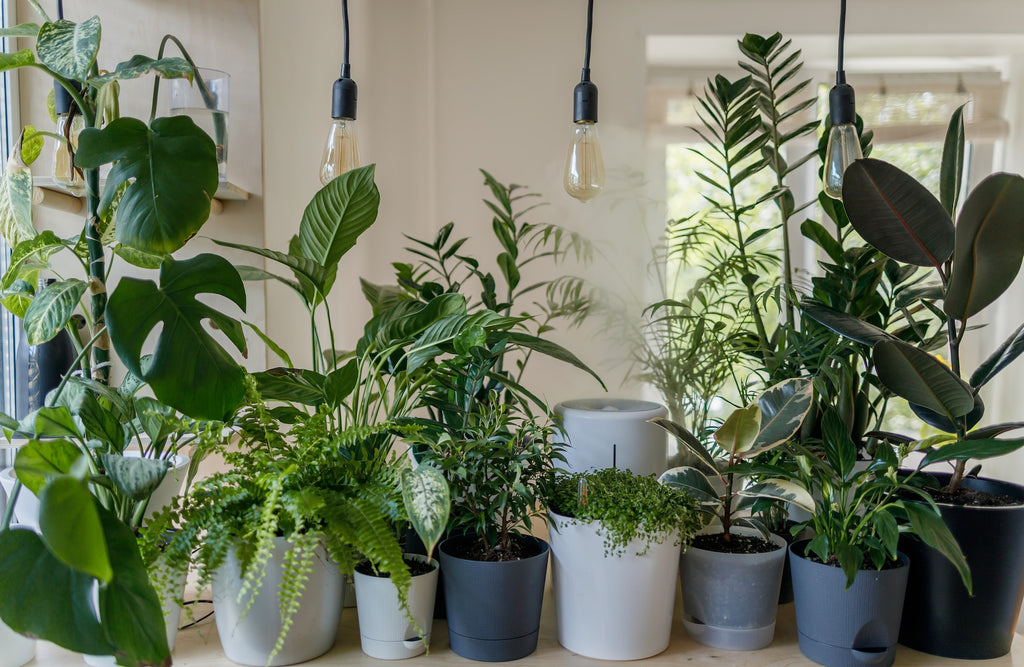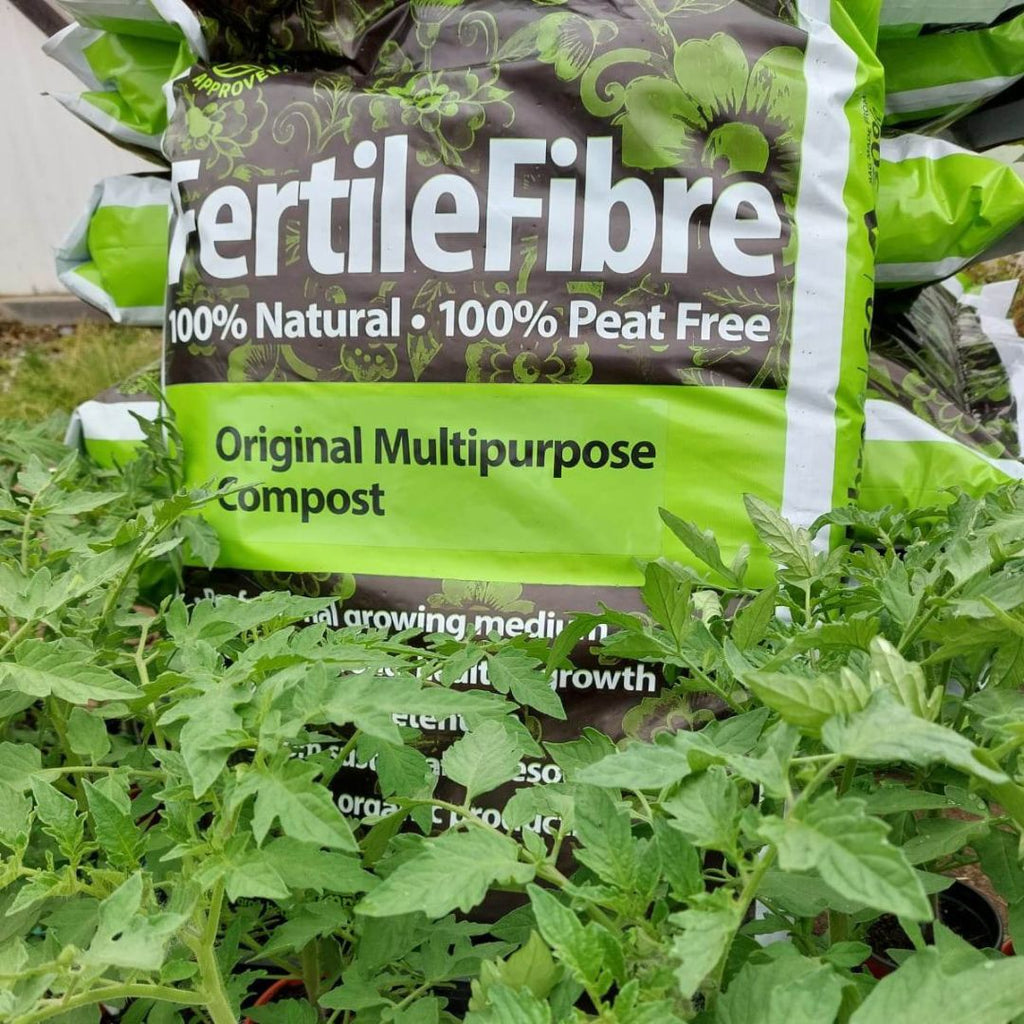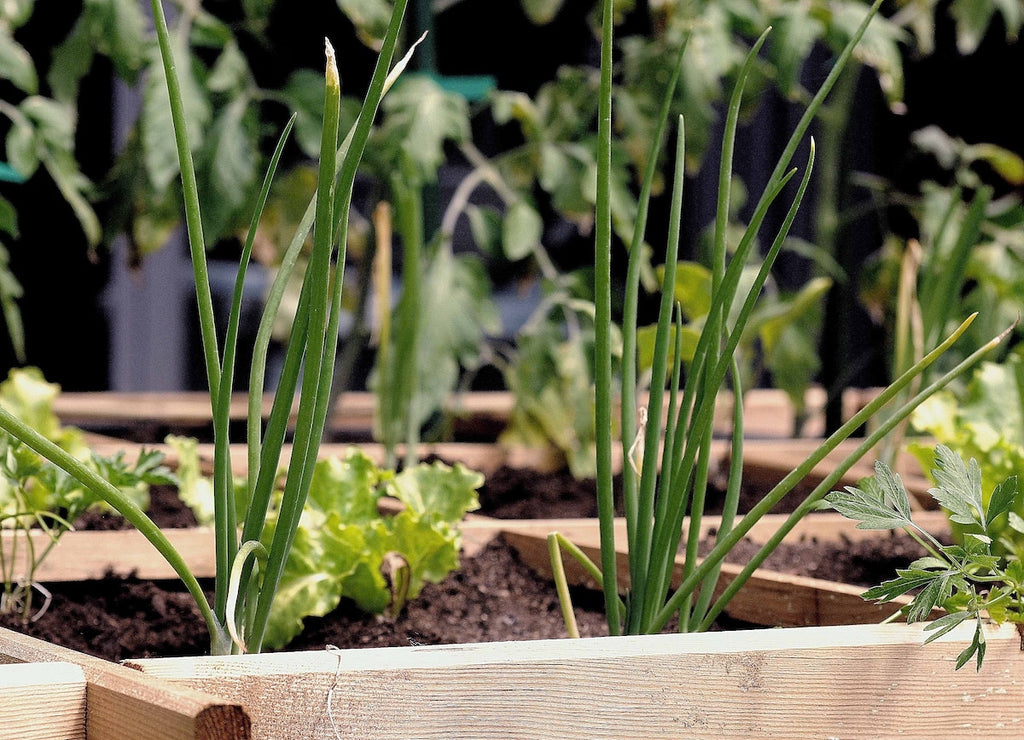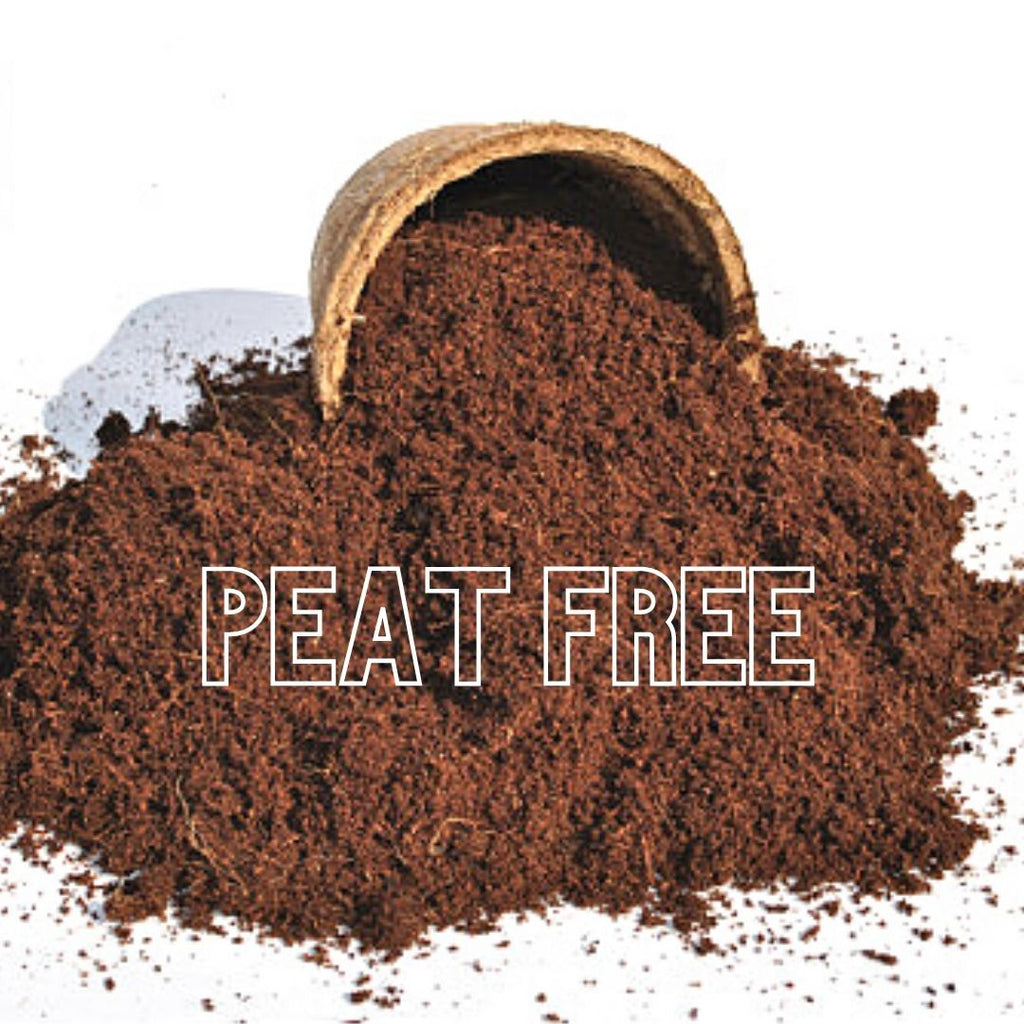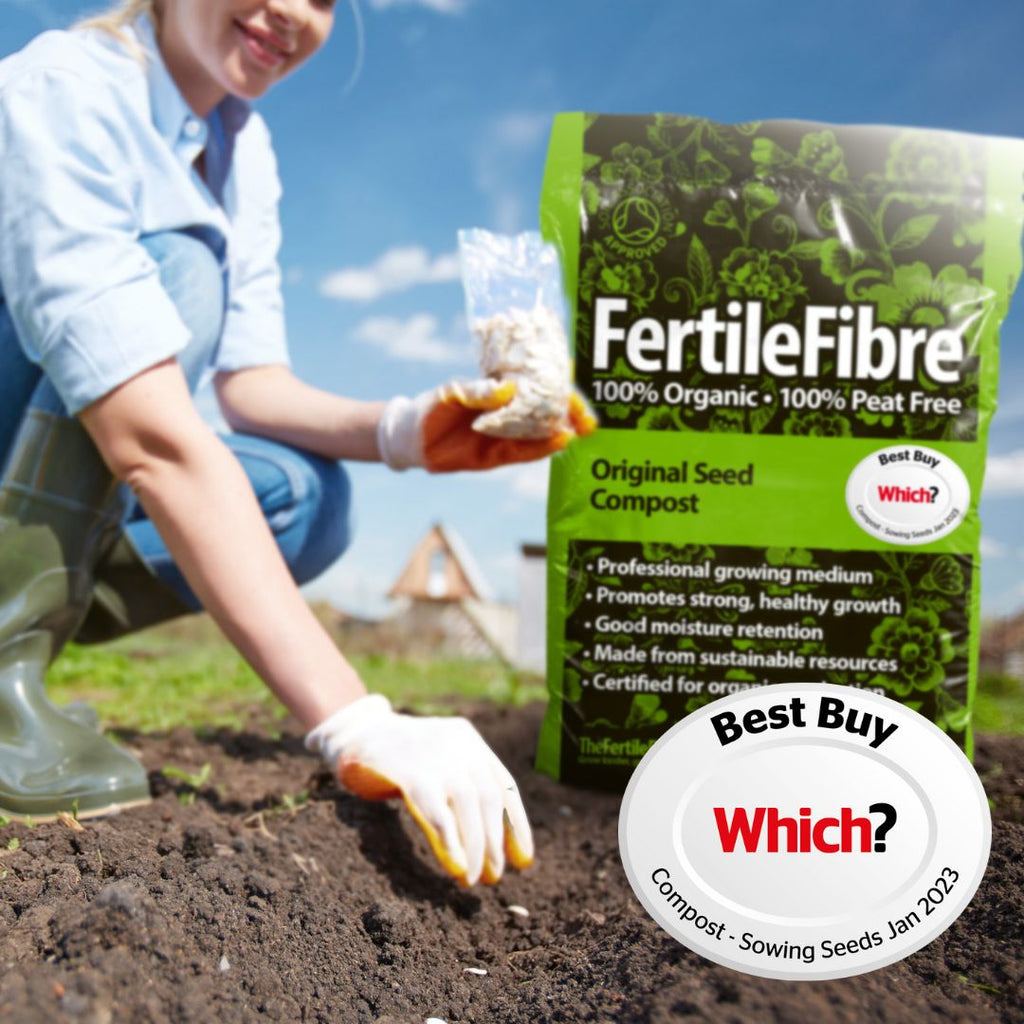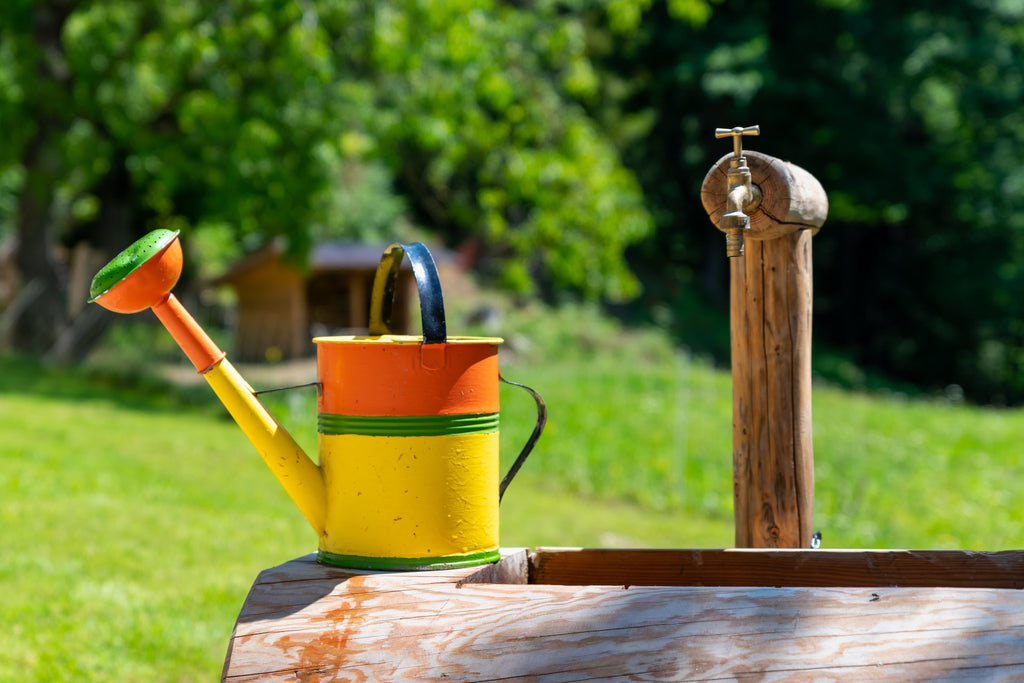
How to Save Water In Your Garden: 6 Easy Conservation Ideas

We often think about water conservation in the summer months, but there are plenty of ways to conserve water throughout the year that can help you keep your garden looking its best - even when it’s hot and dry.
From tips on everything from watering times and soil moisture retention to water storage ideas, discover practical ideas galore on how to save water in your garden today.
1. Water at the right time
Watering the garden early in the morning or in the evening is a far more efficient and effective way to give thirsty plants the water they need. This method allows the water to soak deeply into all of your soil.
When you drench plants during the hottest parts of the day, a lot of the water evaporates in the sun’s heat before it reaches the roots - meaning you’ll need to use more water to compensate for this.
But that’s not the only issue with daytime watering in the hot sun. The heat and moisture in the soil can also create an excess of humidity in the soil, providing the perfect conditions for fungal growth and root rot.
2. Mulch your plants and beds
Even when watering at the right times, soil in planters and flower beds can still dry out, depriving plants of vital moisture.
While you could double up on watering, this blog is about finding garden water saving ideas - so instead, apply a top layer of organic mulch to cover the top soil in planters and beds.
A layer of organic mulch, such as tree bark chippings, provides a long-lasting, thermalising layer that promotes moisture retention to help you save water in the summer. It can also help to protect roots from the cold frost during winter.
And that’s not all. Other practical perks include suppressing weeds and releasing valuable nutrients back into the soil.
3. Use a watering can
For the most efficient method for watering the garden, forget about your hose pipe. Even with a hosepipe head that’s designed to conserve water, you may find you still use more than you need. On top of that, many areas in the UK are subject to hosepipe bans throughout the summer months.
Instead, opt for a watering can. First off, this helps you to monitor your garden water consumption more accurately and water plants at their roots where they need the moisture the most.
Secondly, you can take water from all kinds of different sources - not just your mains water supply. For instance, if you harvest rainwater, you can fill up your watering can whenever you need to.
4. Harvest natural water sources
No water conservation guide would be complete without discussing ways to harvest rainwater.
This idea does require a little more forethought than simply remembering to water your plants at a specific time. However, a little effort in the form of setting up a rainwater harvesting system will help you save water in your garden in the long run. Plus, it’ll save you money as you’ll reduce dependence on your mains supply.
Given the amount of rainfall the UK sees each year, it just makes sense to take advantage of the frequent downpours to gain a year-round water supply.
A quick and easy way to do this is to install a rainwater butt that’s connected to your home’s guttering downpipe. Water butts have the capacity to store hundreds of litres of free water which can be drained off with a tap when you need it. We’d recommend choosing a design with a lid to keep your water leaf and rodent-free.
To optimise the amount of water you store, you can install multiple water butts - and some designs have connector pipes for overflow containers, meaning not a drop wasted.
5. Maximise moisture retention in your soil
Whether you’re planting directly into the soil or using containers, soil drainage and moisture retention can have a direct impact on the amount of water you use to keep plants healthy.
That’s why it pays to monitor the moisture retention of your soil. Naturally, too much moisture will result in rotten roots and fungal growth, while too little will cause roots to starve.
This is where soil stability comes into play.
For pot plants, choose a suitable compost blend that has moisture-retaining elements such as coir. Even with ground soil, you can improve its drainage performance with the addition of organic materials like coir and vermiculite. These ingredients work to promote healthy soil composition, thanks to their moisture-retaining properties which allow water to be slowly released back into the soil.
6. Leave the lawn alone
Many of us dream of a lush, green lawn but, when the summer months come, lawns are often the first areas to look brown and scorched.
This shouldn’t cause too much alarm, though, as established grass is particularly hardy, taking very little to come back to life - even when water is scarce.
To help you strike a balance between saving water in the garden and keeping your lawn in pristine condition, there are some steps you can take.
Firstly, let the grass grow a little longer than usual during dry spells, as this will help with water retention in the soil below.
Secondly, swap your water guzzling sprinkler sessions for infrequent grass soakings - just once or twice a week. While this sounds counterintuitive, it will, in fact, encourage the grass roots to dig down deeper into the soil to find water - making them stronger and more resilient.
Of course, it’s worth noting that, if you have a newly laid turf lawn, you may need to up the watering sessions to make sure fragile new roots don’t die before they become established.
There are countless ways to conserve water in your garden, helping you to maintain a healthy outdoor space without using excessive amounts of precious water - and with our guide, you should be well on your way.
For more green gardening tips and ideas, keep reading our blog. Check out our collection of premium organic composts and bark mulch options to get started on your water conservation quest.


